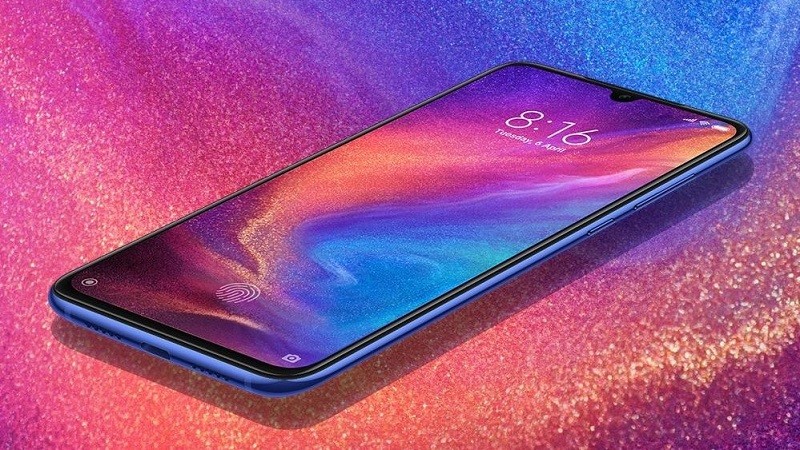Xiaomi, the China-based smartphone manufacturer, has been dominating the Indian smartphone industry since the past few quarters. The company managed to establish its presence in India because of its value-for-money Redmi-series smartphones.
While Xiaomi has a strong presence in India’s mid-range smartphone segment as well as in the global markets, the company hasn’t been able to replicate the same success in the premium segment.

Recently, Xiaomi announced that it split its Redmi brand into an independent entity and both the brands — Xiaomi and Redmi, now works separately. With this split, the company now has three smartphone brands — Xiaomi, Redmi, and Poco (Pocophone).
One of the major reason for splitting the brands was to focus and dedicate resources on its premium devices under the Xiaomi brand. The company has gained a reputation for making cheap hardware products and with Redmi brand focusing on budget devices, the company can fully focus on Xiaomi for premium devices.
So, in an effort to establish the Xiaomi brand in the premium smartphone segment, Xiaomi’s co-founder and CEO Lei Jun warned that the future Xiaomi-branded smartphones could get more expensive. He said: “Actually, we want to get rid of this reputation that our phones cost less than RMB 2,000. We want to invest more and make better products. I said internally that this might be the last time our price will be under RMB 3,000… In the future, our phones might get more expensive—not a lot, but a little more expensive.”
Last month, Xiaomi launched its flagship smartphone — Mi 9, which comes with powerful specifications. It features a 6.39-inch Super AMOLED Full HD+ display, Snapdragon 855 SoC, 6 GB RAM, 128 GB storage, triple-rear cameras, in-display fingerprint sensor, and 3300 mAh battery with fast charging support. The top-end model costs €499.
